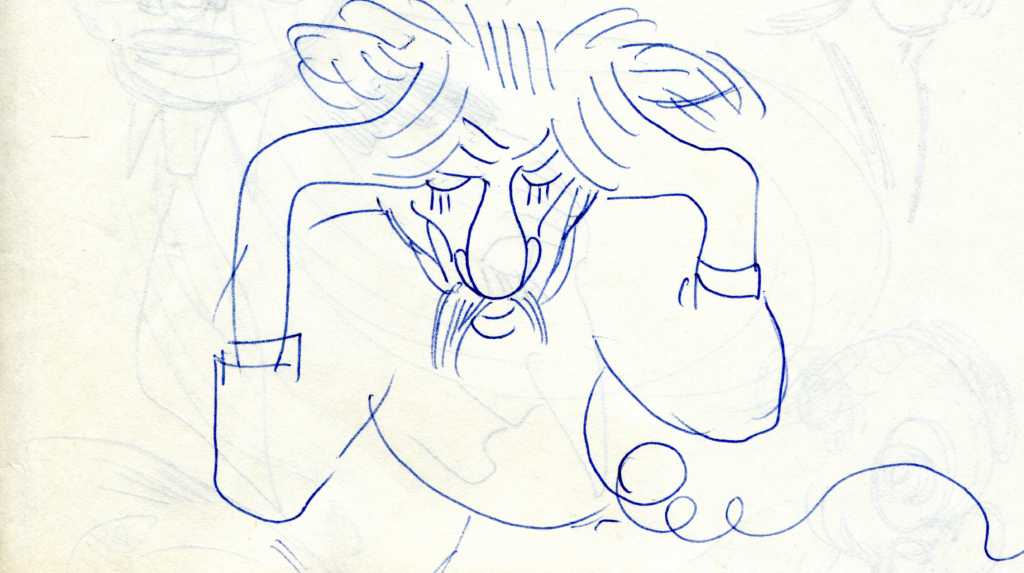
The 14th conference of the Nordic Association for Semiotic Studies along with the 15th Annual Lotman Days
“Creativity – Complexity – Intelligence“
Tallinn, Estonia, June 11–13, 2025
The intricate interplay of signs with the processes of creativity, complexity, and intelligence are immersed in all varieties, modalities, and ecologies of meaning-making. Meaning-making is always creative, complex, and intelligent, in both its agreements, alignments, and continuums, as well as its incompatibilities, controversies, and contradictions.
According to Juri Lotman, one of the defining characteristics of an intelligent semiotic system is its ability to be creative, i.e. the ability to produce new and unpredictable meanings. Lotman noted that this ability is not exclusive to the human mind but can occur in various other systems and at multiple scales, where a sufficient degree of complexity is present.
The role of creativity in learning and development, be it in humans or non-humans, is integrative within patterns of emergence, reproduction, and decay in complex systems, such as nature, culture, or the individual mind. Intelligence – be it organic or artificial, individual or collective – manifests in various signs and sign systems and is in time creatively transformed through meaning-making.
We kindly invite proposals for conference presentations and sessions of presentations on the dynamic relationships between signs, creativity, complexity, and intelligence and their transformative impact within education, art or the arts, play, and scientific inquiry.
We welcome papers on the topics of interest, including but not limited to:
• Semiotic theories of creativity, complexity, and intelligence;
• The nature and culture of creativity, complexity, and intelligence;
• Creativity, complexity, and intelligence in various modalities of meaning-making;
• Creativity, complexity, and intelligence in humans and non-humans;
• The relationships between various cognitive processes and creativity, complexity, and intelligence;
• Agency, the self, and subjectivity within creativity, complexity, and intelligence;
• Creativity, complexity, and intelligence in organic and artificial systems;
• Emergence and decay of creativity, complexity, and intelligence;
• Creativity, complexity, and intelligence in art, play, and science;
• Creativity, complexity, and intelligence in education, learning and development;
• Language and other sign systems in relation to creativity, complexity, and intelligence;
• Digital technologies in relation to creativity, complexity, and intelligence;
• Ecologies of creativity, complexity, and intelligence;
• Futures and prospects of creativity, complexity, and intelligence. (Expectations and anticipations)
Plenary speakers and prospective deadlines will be announced in autumn 2024.
NASS Graduate Student Award and Grants
5-10 graduate students presenting a paper at NASS XIV will be supported financially by NASS. Furthermore, a prize along with a diploma for the best graduate student presentation will be awarded at NASS XIV.
The conference will be hosted by Tallinn University School of Humanities and Juri Lotman Semiotics Repository, and will take place June 2025 in Tallinn, Estonia. The official languages of the conference will be English and Russian. All participants are expected to be present on-site, and online participation is not available.
The purpose of NASS is to promote the advancement of semiotics as an academic discipline and research domain in the Nordic countries and within the international semiotic community. The Lotman Days are an annual conference series that has been held at Tallinn University since 2009. The aim of the Lotman Days is to provide an interdisciplinary platform for scholars who wish to examine the dynamics of our semiotic world from different perspectives and to explore together questions that were central to Juri Lotman’s scholarship.
Participating in the conference implies expressing support for the freedom and territorial integrity of Ukraine.
![]()
Drawing by Juri Lotman, © Tallinn University
